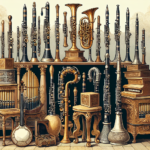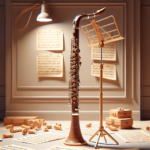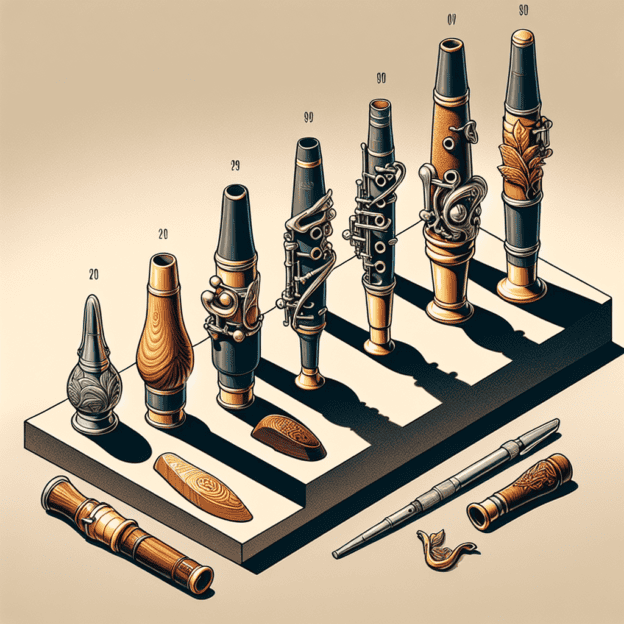The Evolution of Clarinet Mouthpieces
The journey of the clarinet is not just about the body of the instrument but prominently features the mouthpiece. So, what's the big deal about the mouthpiece, you ask? Well, it's where the music begins! Historical clarinet mouthpieces have changed a lot over the centuries, shaped by the demands of new music styles and orchestra needs. Let's explore how mouthpieces have transformed over time and what that means for players both old and new!
Materials Through Time
To start with, the materials used for mouthpieces have varied widely. Early clarinet mouthpieces were often made from wood, similar to the instrument itself. But over time, new materials like ebonite, a hard rubber, came into use. These offered better consistency and durability. Imagine how much easier it is to maintain a quality mouthpiece that's built to last!
| Era | Common Materials | Characteristics |
|---|---|---|
| Early | Wood | Natural, prone to warping |
| 19th Century | Ebonite | Durable, consistent |
| Modern | Plastic, Crystal, Metal | Diverse tonal options |
Design Changes Over Time
In the days of classical music, mouthpieces had a narrower opening and a more pronounced baffle, which is an important feature that helps project sound. This allowed players to create a clear, bright tone to cut through the symphony. Today, the trends have shifted towards wider openings and different baffle designs for a more mellow tone suitable for jazz and solo performances.
Brand Influence on Mouthpiece Design
Now, let's talk about brand influences. Martin Freres is known for high-quality craftsmanship. Their mouthpieces often combine tradition and innovation. When choosing a mouthpiece design, you'll want something that offers both the reliability of historical models and the latest technology. Every serious clarinetist knows that the right mouthpiece can make a huge difference in performance!
Historical Styles and Eras
One interesting aspect of mouthpiece history is how different styles were popular in specific eras. For instance, during the Baroque period, mouthpieces were somewhat simple, matching the instrumentation preferences of the time. As music moved through Classical and Romantic eras, mouthpieces became more complex, with a range of shapes and sizes. Musicians started to experiment more, leading to the rich tones we hear today.
The Impact of Tip Size on Sound
Have you ever wondered how the size of a mouthpiece tip affects sound? Wider tips can boost volume, while narrower tips may offer better control over dynamics. It's like choosing between a loud lion and a quiet cat—both have their appeal, but you'll want to pick the one that fits your musical style! Finding the right fit is key.
Mouthpiece Maintenance: Then and Now
As we look back, it's interesting to see how maintenance has changed too! In the past, clarinetists had to use basic polishing methods, but now, with new technology, there are special tools and techniques to care for our mouthpieces. Whether it's fixing scratches or cleaning properly, modern tools have made it much easier to keep your mouthpiece in great condition.
The Lasting Influence of Historical Mouthpieces
Historical mouthpieces have not only set the stage for today's instruments, but they also shape how we approach clarinet performance as a whole. The art lies in understanding the differences across various styles and adapting them to our own playing needs.
Conclusion
From simple wooden beginnings to the advanced designs we see today, historical clarinet mouthpieces show how the instrument has grown and changed. They remind us that while music keeps evolving, the appreciation for quality craftsmanship, like that of Martin Freres, never goes out of style. So, keep exploring, keep trying new things, and may your clarinet journey be as rich and exciting as the history of its mouthpieces!







